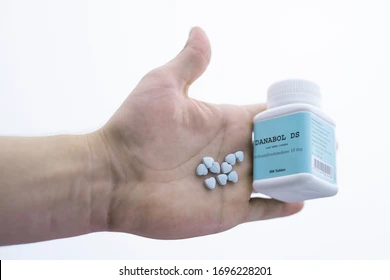Originally developed to fight breast cancer, bodybuilders have used Fareston to successfully fight gynocomastia caused when testosterone converts to estrogen in the body and men grow breasts. This substance can be used for little else and other similar compounds, such as Nolvadex or Clomid, are much more effective in post-cycle-therapy.
Fareston (Toremifene Citrate): A Profile
Fareston, the brand name for toremifene citrate, is a selective estrogen receptor modulator (SERM) primarily used to treat hormone receptor-positive (HR+) breast cancer in postmenopausal women. It is often prescribed for patients with metastatic breast cancer, helping slow the growth of tumors that rely on estrogen to thrive.
Toremifene works by binding to estrogen receptors in breast tissue, blocking the effects of estrogen and inhibiting cancer cell growth. While it acts as an anti-estrogen in breast tissue, it has estrogen-like effects in other parts of the body, such as bones, making it beneficial for maintaining bone density in postmenopausal women.
Fareston is administered as an oral tablet, typically taken once daily. Its convenience and targeted action make it a valuable alternative to other SERMs like tamoxifen, particularly for patients who require long-term hormone therapy.
Beyond its primary use in breast cancer treatment, toremifene has also been explored in men undergoing testosterone replacement therapy (TRT) to prevent estrogenic side effects such as gynecomastia. It may also support bone health in this population.
Common side effects of Fareston include hot flashes, sweating, nausea, vaginal discharge, and occasional leg cramps. Rare but serious risks include blood clots and potential effects on heart rhythm, necessitating regular medical supervision during treatment.
Fareston offers an effective, well-tolerated option for managing hormone-sensitive breast cancer while also providing ancillary benefits, such as maintaining bone health, in postmenopausal women.








